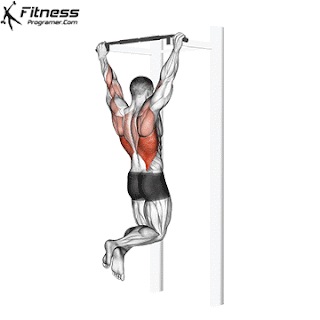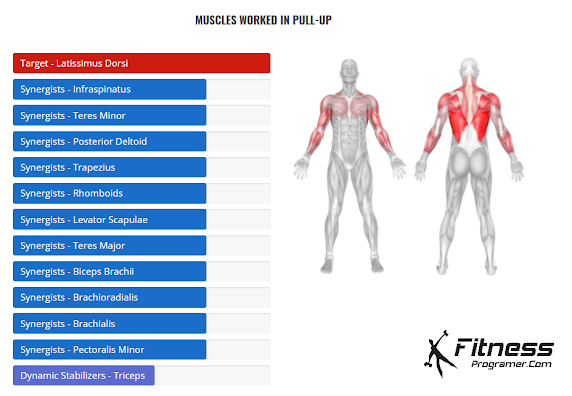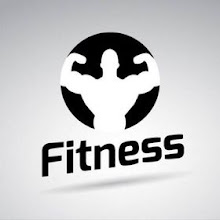Create Free
Fitness Plans
For many people, “workout” means going to the gym, lifting weights, cardio
or running. And, inadvertently, this ends up being a barrier to exercise if we
don’t like to go to the gym, lift weights or run.
Getting in a meaningful and beneficial training is much simpler than many
people may think. There are a wide range of exercises that help to strengthen
muscles and improve cardiovascular health—and, thus, overall health!
Online Free Workout Planner
How to create a workout plan
Creating a workout plan you actually enjoy and will stick to is a
little bit more involved than simply finding a recommended workout online or a workout video series you enjoy. There are a few additional steps to
developing a plan that works well for you and will set you up for continued
success.
Here are four simple steps to crafting your own workout plan, based around
activities you actually enjoy, and a schedule that actually works for your
lifestyle:
Daily
Calorie Calculator
1. what are your fitness goals?
Know your goals, and build from there. Fat loss? Gain muscle? Increase strength? Tone and Tight? Are your goals functional, aesthetic, or both?
Start by getting in touch with why you want to work out—then, we’ll create
a plan that helps you achieve those goals.
2. what training activities do you like?
There’s no “right” or “wrong” way to be active—whether you enjoy running,
hiking, figure skating or boxing, there are plenty of fun and enjoyable ways to
stay active with physical activities you enjoy and find fulfilling.
Take note of the activities you know you enjoy—or, look through the list in
our Fitness Guide for more ideas.
3. include the four essential workout elements
While there’s a wide variety of activities you could include in your fitness plan, based on your own preference, goals and fitness level, there are four main types of physical activity to include in a
well-rounded workout
plan. You don’t necessarily have to do each of them each day, but they should
each be incorporated regularly.
The four essential elements of a good workout plan are:
Cardio
“Cardio” exercise raises your heart rate and breathing to improve the
function of your heart, lungs and circulatory system. Cardio can be a steady-state, low- to moderate-intensity exercise, or intervals
of high intensity. It just needs to tax the large muscle groups strenuously
enough and long enough to get you breathing heavily—which means you’re
challenging your heart and lungs.
Cardio exercise doesn’t have to take place in a gym. Many activities in our
daily lives can provide cardio exercise, like taking the stairs, raking leaves or shoveling snow. Aim for at least
4-5 cardio workouts per week—a 20-minute high-intensity workout or an hourlong
low-intensity activity.
Example cardio activities: running, jogging, hiking, cycling, swimming,
circuit training, HIIT, dancing, stair climbing, shoveling snow, raking leaves,
playing sports like soccer, basketball, or hockey
strengthening
Strength training helps build muscle, improve muscular strength and
endurance, and is important in metabolism. It also helps to reduce injury from
other activities and keep your skeletal system healthy as you age.
Strength training exercises can be accomplished with simply your
bodyweight, or can involve free weights, machines or resistance bands.
In real life, muscles don’t work in isolation, so it’s best to focus on
compound exercises that that include multiple muscle groups (like squats and pull-ups) rather
than isolation exercises that emphasize just one muscle (like a bicep curl).
It’s super important to use proper form while lifting weight, so if you’re just
starting out, be sure to work with someone who can help you with proper form to
avoid injury.
Example strengthening activities: bodyweight exercises, lifting weights, CrossFit, pilates, yoga, resistance bands, weight machines
flexibility & mobility
First, a couple definitions: flexibility is the ability of a muscle to
stretch and mobility is the ability of a joint to move freely through its range
of motion. Both are important parts of overall fitness, and both should be
incorporated into your fitness routine.
Example flexibility & mobility activities: foam rolling, stretching,
yoga, mobility exercises
recovery
The final important element of your workout plan is rest. As muscles are
broken down, they need time to heal and repair—which is how they grow stronger.
You can still be active while recovering, though. Just aim for low-intensity
activities you could easily talk while doing, such as walking, hiking, or light
stretching.
4. create a schedule that works for you
It’s often said that, in fitness, half the work is just putting your shoes
on. For many people, the hardest part of creating a new workout routine is just
getting out the door. Whether that’s going to the gym, running in your
neighborhood or going to a yoga class, the initiative it takes to get started
is truly half the battle. In addition, there are many free applications to
create a training plan. Among them, you can create a free workout plan for
yourself with fitness planner, one of the best free fitness apps.
To make it easier on yourself to stick to a new
training plan, there are a few important scheduling
tips to follow:
When do you like workout? There may be a particular time of day you prefer
to workout. Some people enjoy being active first thing in the morning when they
wake up, others feel more energy around midday and others prefer working out in
the evening. Tune into the time of day you most enjoy workout.
What makes sense for your daily schedule? Next, think about what time of day
makes sense for your typical daily schedule. If you need to be to work at 7
a.m., maybe morning workouts aren’t your thing; or if you have jam-packed
evenings with clubs and social events, maybe evening workouts aren’t ideal.
Note the days and times in your typical schedule that you have time to do a
workout.
How often do you aim to be active? Choose how many days per week you’d like
to be active. While seven days a week is certainly ideal, it’s also fine if you
don’t want to have a formal fitness schedule to follow each day of the
week—maybe you’d like to choose four or five days per week of structured
activities.
Do your desired activities require a specific schedule? There are certain
activities that happen on a set schedule that can’t be changed—perhaps you’re
in a soccer league that meets at specific times, or you enjoy taking a
particular dance class that is only scheduled at a specific time.
Taking all of these factors into account, plan out a basic weekly fitness
schedule that works for you.
While it’s best for consistency to keep the same schedule each week, it’s
also okay if your schedule changes weekly and you need to adjust your fitness schedule accordingly.
One of the biggest aspects of establishing a consistent exercise plan is to
create a sense of accountability. One way we recommend doing this is to
formally schedule your exercise activities / workouts in your calendar and
honor them as you’d honor any other meeting in your calendar. It’s also helpful
to set calendar reminders to give yourself a heads up—this is helpful with
ensuring that you have enough time to change clothes, get your shoes on, etc.
by the time you need to leave for your fitness activity.
https://onlineworkoutplanner.com/
FITNESS PROGRAMI: IF POSSIBLE, PLAN YOUR MEALS ON DAYS THAT YOU HAVE SCHEDULED WORKOUTS AT
A SPECIFIC TIME. THIS HELPS ENSURE YOU’RE EATING MEALS ON A SCHEDULE THAT
ALIGNS WITH YOUR WORKOUT PLAN—MEANING, YOU’RE NOT EATING TOO SOON BEFORE A WORKOUT, AND YOU’RE NOT FEELING FAMISHED AT THE TIME YOUR
WORKOUT IS SCHEDULED TO BEGIN.












